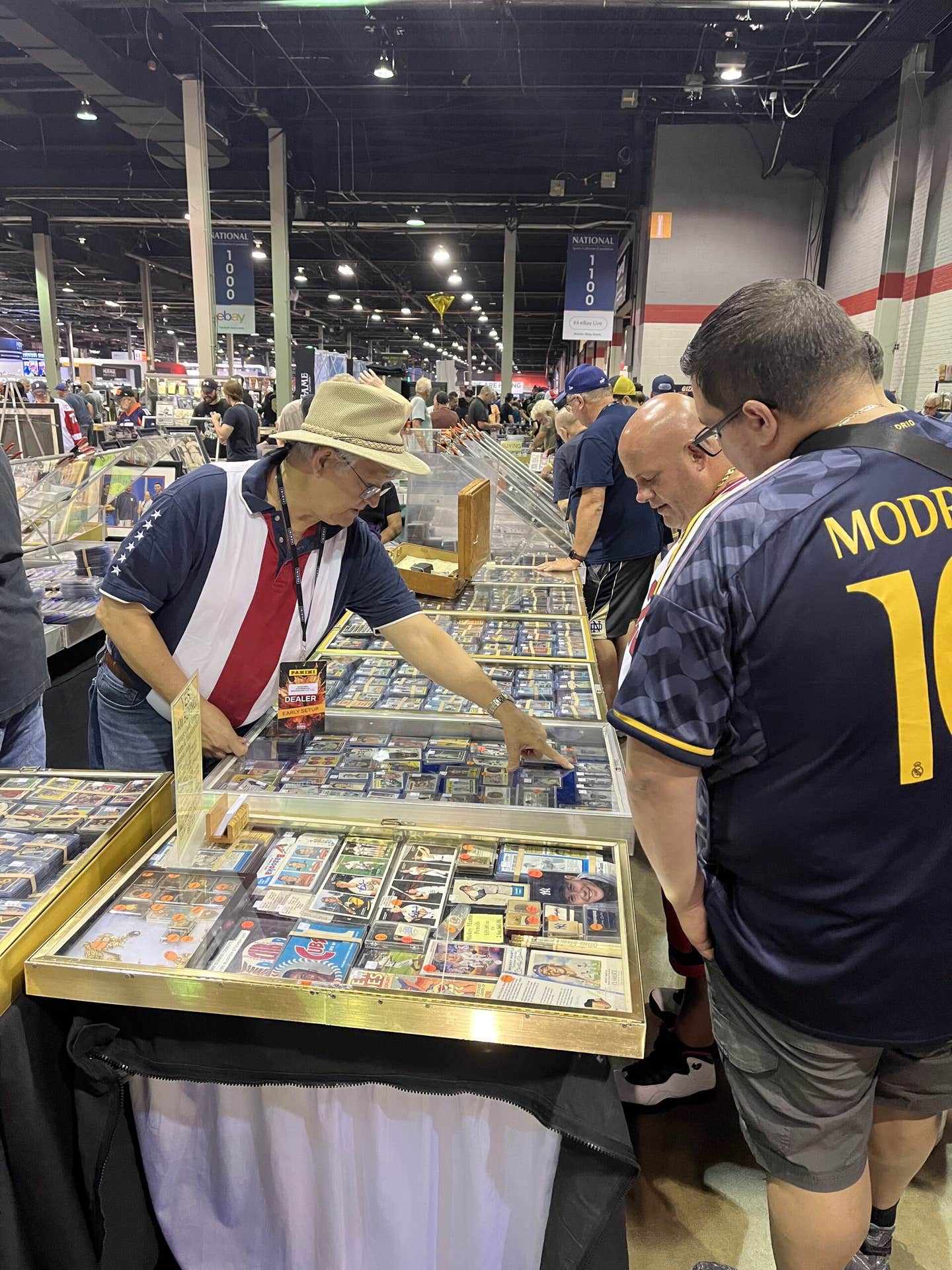News
Another SABR Gem: ‘Detroit – The Unconquerable’
By Ron Keurajian
It has been 81 years since the Detroit Tigers captured its first world crown. The decades have gone by and the players have all since passed on, but to this day Detroit baseball bugs still talk of Mickey Cochrane, the G-Men and the fabled Tigers of 1935.
Material associated with Cochrane’s team is in high demand with the collector’s set. A signed 1935 Tiger team baseball is easily worth $1,250.
Through the years, the Society for American Baseball Research (SABR) has issued countless publications for the casual fan, as well as the serious student of the game. SABR books are well researched and have proven to be an indispensible record of the game’s history. Their new book does not disappoint. Detroit – The Unconquerable is a detailed account of Detroit baseball during the pennant-winning years of 1934 and 1935. Edited by Scott Ferkovich, the book contains in-depth bios on all the players, as well as longtime owner Frank Navin. I particularly like the bios of the more obscure players. Hall of Famers Hank Greenberg and Goose Goslin get a lot of ink, but so do Vic Sorrell, Heinie Schuble and Flea Clifton, names mostly forgotten by the contemporary Tigers fan.
One of my favorite chapters is titled “The Sleeping Giant, Detroit in the 1930s,” authored by Gary Gillette. I have always been a history nut and know a lot about the history of the Motor City, especially from the Prohibition era through the Great Depression. This chapter takes you back in time to Henry Ford and his beloved Ford Motor Co., Woodward Avenue, J. L. Hudson’s (the premier department store in Detroit for many decades) and FDR’s nemesis, Father Charles Coughlin and his Hour of Power radio program on WJR.
I learned a lot from this book. There are a lot of interesting tidbits and facts to be found within. When Tiger’s manager, Bucky Harris resigned in 1933, the Tigers scrambled for a new manager. Del Baker was considered, but only briefly. According to the book, Navin had approached Babe Ruth to lead the team for the 1934 season. Ruth dragged his feet in his negotiations with the tight-fisted Navin; the Babe also wanted a cut of the gate. Navin was put off by Ruth’s demands.
“The Tigers owner suddenly grew cool to the whole idea and walked away from the deal,” writes contributor John Milner. The Babe’s dream of managing in the “bigs,” like contemporaries Cobb, Speaker and Mathewson, was never realized. Though Navin had the reputation of being a penny pincher, the book points out that he would secure jobs for players whose careers were nearing the end.
About that same time, Philly owner Connie Mack, desperate for cash, let it be known that Cochrane and ace hurler Lefty Grove were on the block. Navin pounced on Cochrane’s availability and quickly signed him to a contact as player/manager for the upcoming season. Milner gives a wonderful account of how Navin brought Cochrane to the Motor City.
The book details Cochrane’s managerial career at length and his competitive fire. I can recall Billy Rogell once telling me that Cochrane always wanted to win, and when the team lost, Rogell said, “You stayed the hell out of his way.” It is not surprising that Cochrane and Ty Cobb were close friends!
Once Cochrane arrived, he transformed the team, which had not seen a pennant since 1909 when the team was under the tenure of Hall of Fame manager Hughie Jennings. The Tigers were kind of drifting aimlessly back in those days but Cochrane quickly put an end to that.
“Cochrane singled out Goose Goslin for his indifferent play and benched him” writes Greg Erion. The punishment worked, as Goslin quickly snapped into shape.
The bio of Hall of Fame second baseman, Charlie Gehringer was a great read. I especially enjoyed it, as I had known Charlie in the days of my youth. Gehringer credits his success to then-manager Ty Cobb’s batting advice and Tigers’ regular second baseman Frank O’Rourke’s measles outbreak. As good as Cobb was to Charlie, their relationship was “bumpy.”
The book quotes Charlie: “He was super for the first couple of years I was up … he was like a father to me … Then all of a sudden he got upset with me about something.” During my conversations with Charlie, he told me he had no idea why Cobb soured on him. “Maybe,” Charlie said, “I was too quiet on the field.” Gehringer greatly admired Cobb’s skills as a player, but I always got the sense that Ty was not first on Charlie’s Christmas card list.
In keeping with the SABR tradition, the book is loaded with stats, factoid and notable records. The chapter titled “By The Numbers” gives countless interesting stats. The Tigers, for example, had an on-base percentage of .366, the highest in the majors for the 1935 season.
There is one shortfall with this book, as with other SABR books. One of pet peeves, and believe me I have many, are books that lack an index, such as this one. It makes it difficult to reference. Other than that, this is a great read.
This book is packed with great stories, fun facts and a keyhole look back into Depression-era Detroit baseball. You will enjoy Detroit – The Unconquerable as much as I did.
Ron Keurajian is a long-time contributor to SCD and is the author of the award-winning Baseball Hall of Fame Autographs – A Reference Guide (McFarland Publishing, 2012).








